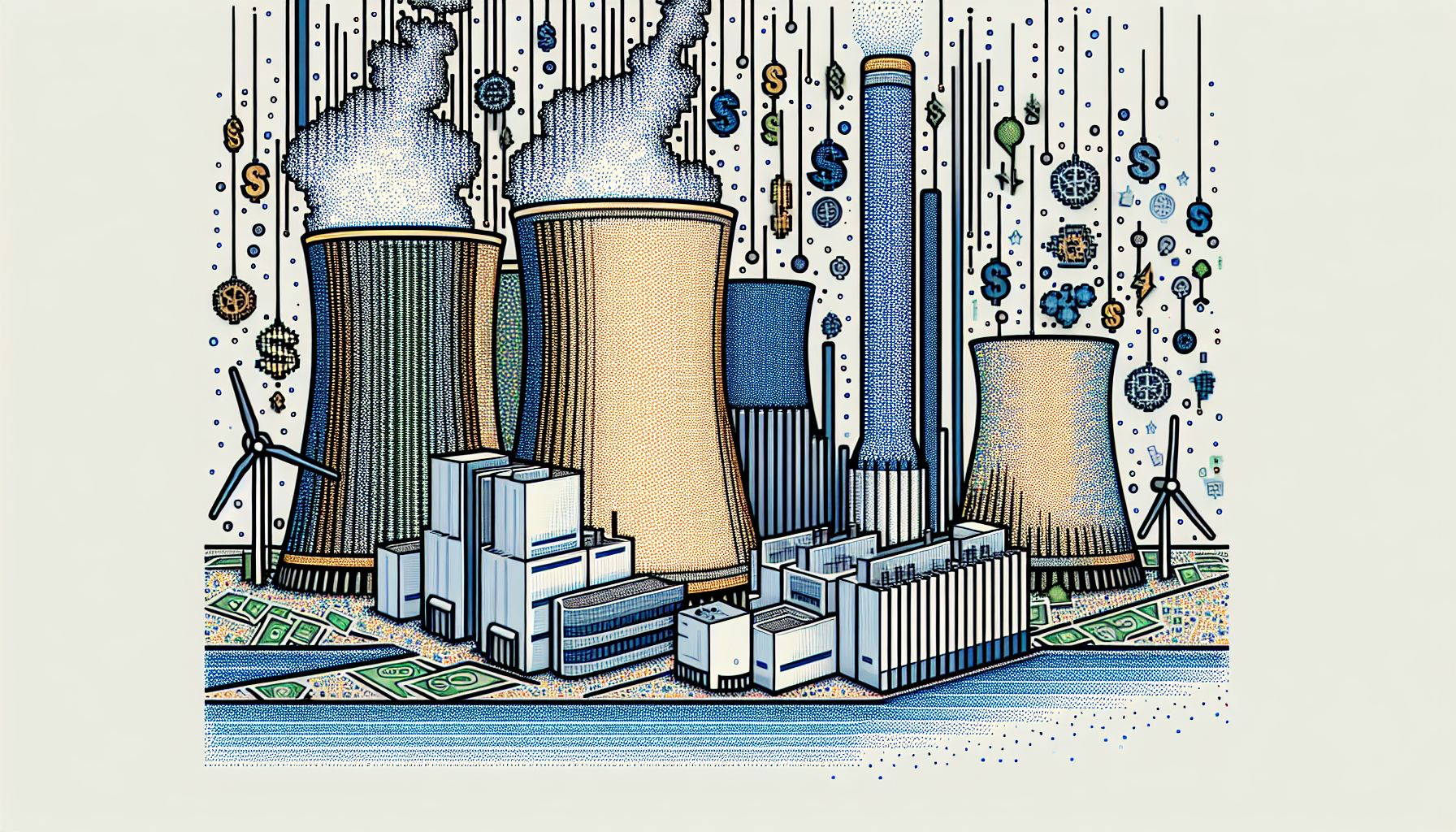U.S. Aims to Triple Nuclear Power Capacity by 2050

United States, Wednesday, 13 November 2024.
The U.S. government has unveiled an ambitious plan to expand nuclear energy, targeting 200 GW of new capacity by 2050. This initiative aims to meet growing electricity demands, support clean energy goals, and maintain America’s position in nuclear technology. The plan includes both large-scale reactors and smaller, modular designs.
A Strategic Shift in Energy Policy
Announced amid the COP29 climate summit in Baku, Azerbaijan, the plan to expand nuclear capacity by 2050 reflects a strategic shift in U.S. energy policy. The initiative, championed by the Biden administration, aims to address the rising electricity demands of a rapidly digitalizing economy, driven by the proliferation of data centers, electric vehicles, and new manufacturing hubs[1][2]. The plan, however, is not just about meeting demand; it is also part of a broader effort to achieve net-zero greenhouse gas emissions by mid-century, a goal that requires a substantial increase in clean, firm power generation[3].
Economic Implications and Industry Transformation
The expansion is expected to have significant economic implications. By tripling nuclear capacity, the U.S. aims to bolster energy security and create thousands of jobs across the nuclear supply chain. The construction and operation of new reactors could drive technological innovations and foster a new generation of skilled workers in the nuclear sector. The government’s plan involves not only building new reactors but also updating existing facilities and exploring opportunities at retired coal plant sites, which are suitable for hosting new nuclear technologies[4].
Challenges and Political Dynamics
Despite bipartisan support for nuclear energy, several challenges remain. The framework does not mandate major policy changes nor does it provide direct funding, relying instead on existing government authorities and anticipated support from Congress and the incoming Trump administration[2]. Furthermore, the success of this plan hinges on overcoming technical and regulatory hurdles, such as ensuring the safety and cost-effectiveness of new reactor designs[5].
A Global Context and Future Prospects
Globally, the U.S. joins other nations in committing to a significant increase in nuclear power to combat climate change. At COP29, the U.S. and 30 other countries endorsed a declaration to triple nuclear energy capacity by 2050, aligning with international decarbonization efforts[6]. This ambitious target not only underscores the U.S.’s commitment to climate goals but also positions it as a leader in nuclear technology and innovation. The future of nuclear power in the U.S. appears promising, contingent upon effective implementation and international collaboration to address the pressing challenges of climate change.
Sources
- interestingengineering.com
- www.axios.com
- www.publicpower.org
- www.power-eng.com
- www.rtoinsider.com
- www.presidency.ucsb.edu